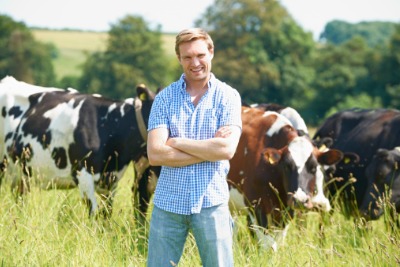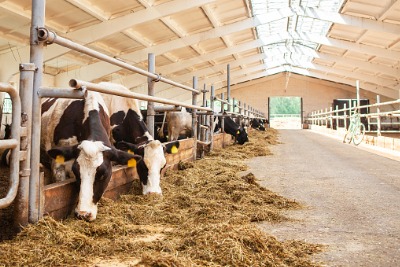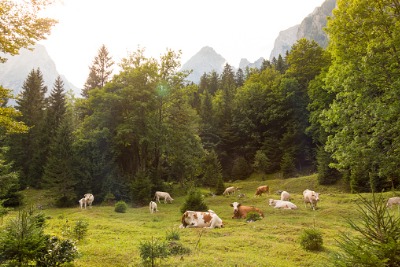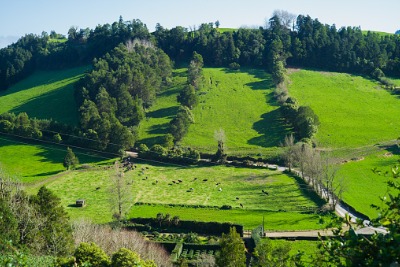
Creating Happy Cows with Agroforestry
According to the World Wildlife Fund (WWF) agricultural beef production is located in some of the world’s most delicate and essential ecosystems. North America’s great plains, Brazil’s Amazon, South Africa’s savannahs and Australia’s Great Barrier Reef lands are some examples of where cattle production is growing.
Environmental Impact
Some landowners cut down trees and even burn thousands of kilometers of forest to produce grazing fields for cattle. Often, the land turns to dust from unsustainable farming practices, leading to more forest burning.
In addition to land, beef production requires energy and water and creates tons of waste. Scientists and economists know that demand for beef is growing and expect that it will continue to grow.

Agroforestry
Agricultural and environmental researchers are looking for sustainable methods to increase beef production with minimal negative or straight up positive impact on the environment.
When farmers incorporate the maintenance of trees with crops and livestock in a purposeful and integrated way, they are practicing agroforestry.
According to the USDA Agroforestry can be:
- Alley Cropping - planting crops between rows of trees to provide income while the trees mature. The crops can be for food or other uses.
- Riparian Forest Buffers - trees, shrubs, and grasses that are planted along rivers, lakes and streams, filter farm waste runoff and prevent erosion by stabilizing banks.
- Forest Farming – herbal, botanical, or decorative crops under a forest canopy.
- Silvopasture – combines trees with livestock and forage on one piece of land.
Forest Grazing Cattle
We are accustomed to seeing cattle happily grazing on vast savannahs and hilly grasslands, but few of us have come across cattle grazing in forests while hiking, camping or fishing. One sustainable method of cattle ranching that is gaining attention is ‘forest grazing”. This method is not new. It has been used by indigenous peoples worldwide for centuries, or even millennia. In North America, indigenous people like the Iroquois, or Mohawks of the 6 Nations in the Northeast have been practicing forest grazing for centuries. They would burn or clear certain areas of the forest and grow grass surrounded by trees. Cattle would graze on the grass, drink from streams and rest under shade. This type of habitat was created and intentionally managed by indigenous farmers for elk and bison, but researchers say that they can be used for today’s cows.

According to an NPR report, farmers are finding that forests are like a ‘living barn’. And that the cattle are growing ‘happier, healthier and bigger’. And that means less expense and more revenues for the farmers. In the forest, farmers can also grow a larger variety of crops all year long - from blueberries to maple syrup. This makes smaller family farms more financially viable.
The intentional sustainable practices of agroforestry and forest grazing are good for cattle, farmers, and the planet. These practices are also Halal. The animals are more content, shaded from the sun, and able to eat a variety of herbs for healthier diets. Creating a humane and comfortable environment for cattle is encouraged as a Halal practice.
To learn more about Halal certification with ISA contact isa@isahalal.com or visit www.isahalal.com

